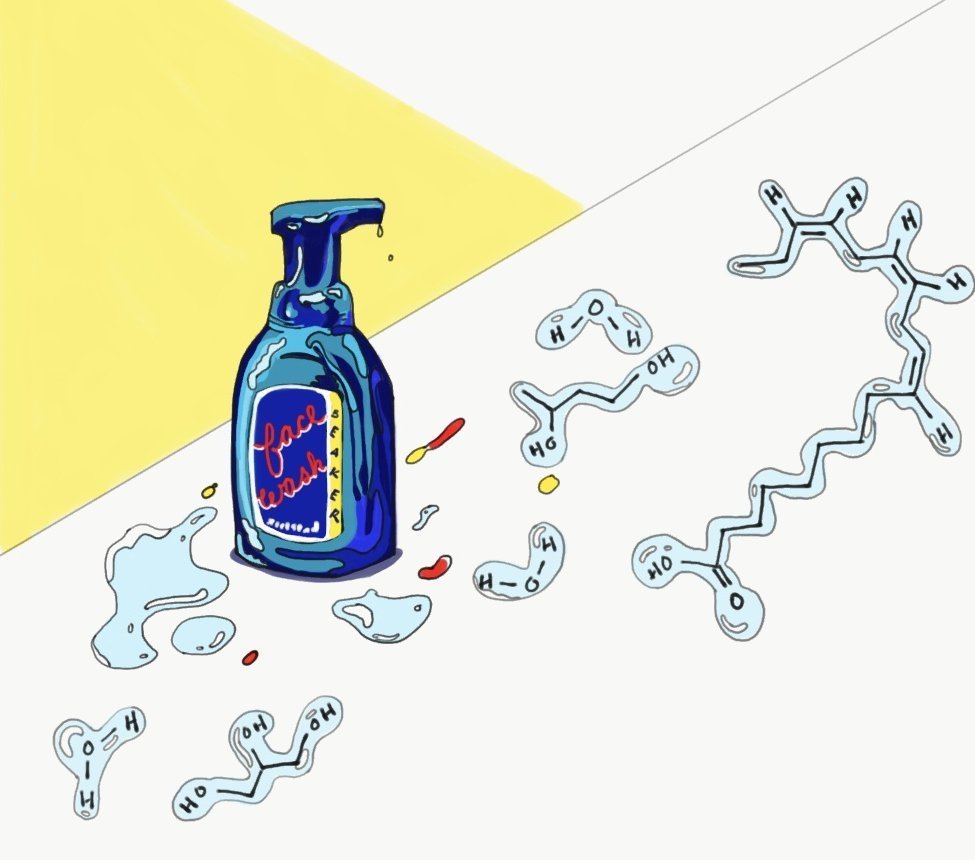
Cosmetic Chemist Lizzy Trelstad On Four Trends That Will Make The Beauty Industry Better This Year
I predict less bullshit in the beauty industry this year. By bullshit, I mean marketing nonsense mucking up the good stuff the industry is trying to do with skincare. As a chemist with both formulation and marketing experience under my belt, I have a keen sense when there’s too much of the latter prohibiting the former to shine. At Beaker, the product development firm I launched in 2018, I’m addressing a breakdown between brands, and their bench chemists and manufacturers leading to distance between founders’ objectives and formula execution. The goal is to create products marrying effectiveness with consumer appeal that properly communicate brands’ uniqueness in a highly competitive field. In 2020, beauty entrepreneurs will get closer to that goal as the market further wises up to spin. Based on my Beaker work, particularly with content-first skincare community Mirra, I’ve noticed four trends pushing brands and consumers to becoming smarter purveyors and users of skincare, respectively. These trends aren’t for truant founders. The months ahead will require a sharp mind and skills to satisfy shrewd shoppers.
1. Source-Backed Creative Content
Not every brand has to be science-focused or ingredient-forward. Regardless of positioning, beauty brands should be prepared to defend their choices of ingredients, product types and values against the scrutiny of curious and concerned e-commerce consumers. The breakthrough brands will be able to do so transparently and in their own voices, relying neither on dry, technical language nor on unsubstantiated marketing fluff.
Striking the right balance is not easily done, and may require a deft team of creatives and experts involved in the ideation and implementation of product development, marketing initiatives and community management. Creative license should be offset by scientific relevance through intentional verb and adjective choice in content or simply by supplying linked and credible sources for the technical details.
Mirra’s science-driven beauty newsletter successfully attracted a large and engaged audience. Its growth and highly engaged audience are due to topical skincare headlines and a resonant gen Z-millennial tone. Headlines in weekly email newsletters link to blog posts in Mirra’s online magazine, and the blog posts cite credible sources. The sources are usually peer-reviewed articles accessible through the National Center for Biotechnology Information (NCBI) database.
The use of linked sources permits consumers to access unbranded technical data to draw their own conclusions about the legitimacy of cosmetic trends and product claims. Often, linking sources is enough to signal to a reader the trustworthiness of the content despite its publication on a branded blog. This content strategy is in direct contrast to the fear-based marketing and pseudoscience that have plagued the beauty industry. Mirra is successfully leveraging source-backed content to fortify its authority and market presence. Its credibility and traction establish a launch pad from which it will debut high-quality products in 2020.
As they amplify their authority, instead of listing avoided ingredients, brands will start to shift discussions to ingredients included. They’ll offer their curious and concerned e-commerce consumers information about what their products actually are instead of discussions of what their products are not. I much prefer a “know list” to a “no list.”

2. The Conscious Supply Chain
Brands that blindly outsource R&D will fail to compete in the transparent, consumer-curated future of beauty. An intentional, traceable supply chain doesn’t necessitate in-house manufacturing, an option that can be capital-intensive and incapable of scaling. Instead, it requires high-touch and open relationships between brand founders, product developers, manufacturer managers and bench chemists. Low-quality products or those that take a long time to get to market aren’t the inclination of premium brands, but an unfortunate consequence of the strict boundaries traditionally drawn between brands and the manufacturers they contract, and a lack of fruitful communication that can result because of them.
One caution on transparency is that the definition of it is as nebulous as the definitions of “sustainable” and “green” in the beauty industry. Consumers have a sense of what it means, but not what it entails. To me, transparency isn’t a standalone trend. It’s becoming a priority across countless aspects of the beauty business. Whatever trends evolve over the course of the ensuing year and decade, transparency will find different expressions in niche markets.
Contract manufacturing transparency will mount as brand founders demand higher standards for their products and of the people hired to make them. I’m noticing venture capital-backed skincare startups like Mirra choose only vetted facilities, and devote serious time and energy to overseeing those facilities and pushing back on every decision made by their assigned bench chemist. Their pushback concerns the quality of raw material sources, and the specific functions of ingredients in the formula and on the skin. Taking a pre-set base off the manufacturer’s shelf is no longer acceptable. Everything about the formula should be questioned and examined through the lens of a brand’s mission, values and vision.
However, the ability to devote a significant amount of attention and expertise to product development is largely dependent on a brand’s size and connection to its manufacturer. As Julie Pefferman, founder of The Lab & Co., mentions in a recent Beauty Independent article on clean beauty trends, I think emerging indie brands will attempt in-house manufacturing on a small scale before branching out to contract factories.
3. Utility Over Fads
No ingredient should be selected for the sake of marketing claims alone. Effectiveness should be the main benchmark. Drunk Elephant’s ingredient philosophy prizes effectiveness, and it has a clean beauty approach that other brands are slow to adopt guided by the principle that not all natural compounds are good and not all synthetic compounds are bad. Every ingredient must be as beneficial for the face as it is for the formula.
Products will still be developed to yield an enjoyable experience. The next trendsetting brands will provide a compelling experience through texture and scent, and true utility, even if they don’t sell pharmaceutical-grade products. The same brands championing inclusive and educational content will likely be the brands making intentional choices in product development. Their content will resonate better because it will convey those serious choices and not marketing gimmicks.
Mirra picks ingredients so that full formulas are optimized for the hero ingredients’ delivery of on-skin benefits. It ensures hero ingredients are integrated at active levels and paired with appropriate delivery systems. Texture and user experience are essential, but functionality isn’t compromised on their behalf. Each compound must play a direct role in supporting the stability of the formula or the effectiveness of hero ingredients when the whole system is applied on the skin.
Another expression of the rising importance of utility is a reconsideration of fragrance and other sensory-enhancing ingredients, and the old, often irrelevant distinctions between oily, dry and combination skin types. Those tired distinctions are being phased out and a spectrum of sensitivity is replacing them. While many skincare products will continue to be formulated for and marketed to consumers with specific skin types, a burgeoning number of brands will formulate universal products protecting the human skin microbiome. These products will be marketed according to the chemical specifications of the product such pH, active ingredients and sebum-supportive oils. The trend has kicked off with skincare products being named for their skin-supportive hero ingredients.
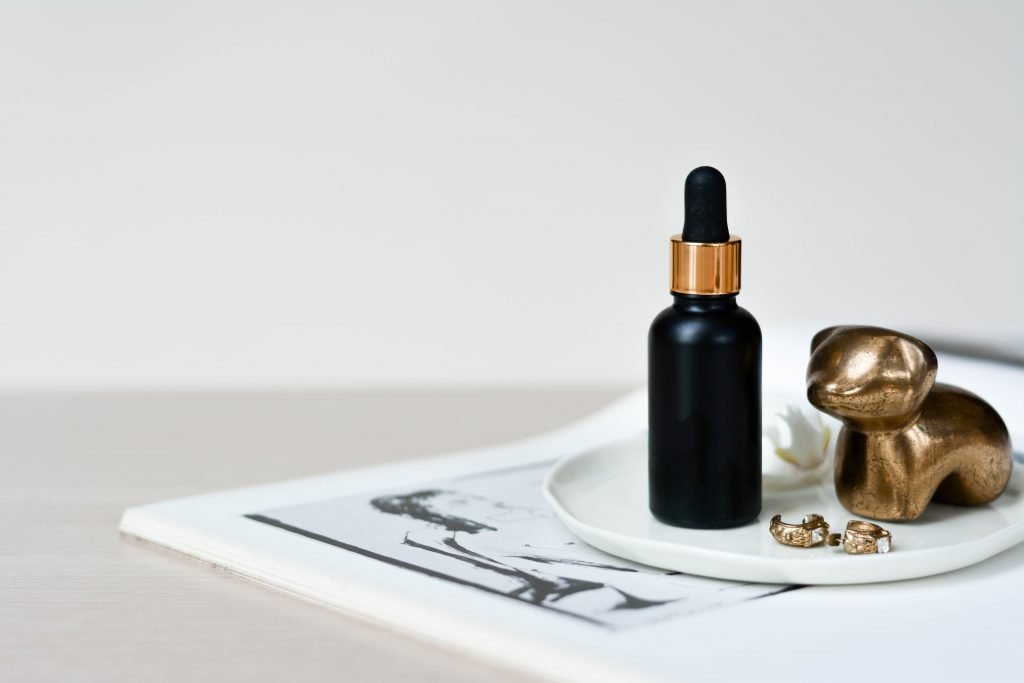
4. Community Consumerism
We’re entering the beauty ingredient information age. There will be a noticeable change in the manners in which brands interact and develop products with their engaged communities. Those tapping into social media in an honest way to inspire consumer-generated content such as a genuine rave review or a personal post tagged with a product will be rewarded with greater engagement and return purchases. Communities will respond positivity when a brand serves up insight, visibility and education around its ingredient decision-making process, manufacturing practices and product design.
While the beauty industry remains dependent on influencer elites, empowered community members will feel emboldened to share their perspectives through purchase choice and original content. Consumers will look up to brands as trendsetters, but look sideways to their compatriots for a more personalized, democratized expertise. Anyone with a phone can become a skincare expert for their friends, family members and fellow skincare enthusiasts. Startups and legacy brands can harness these social forces to augment market share.
Lizzy Trelstad is the chemist and founder behind Beaker, an early-stage startup helping beauty brands launch visionary products. Her mission is to simplify complex chemical decision-making for brand builders and marketers to enable intentional, defensible product development decisions.

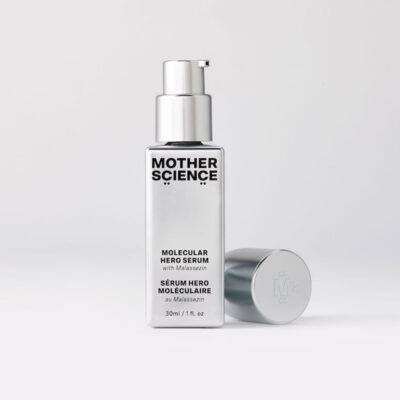
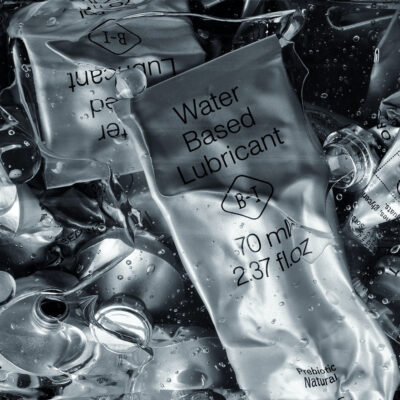
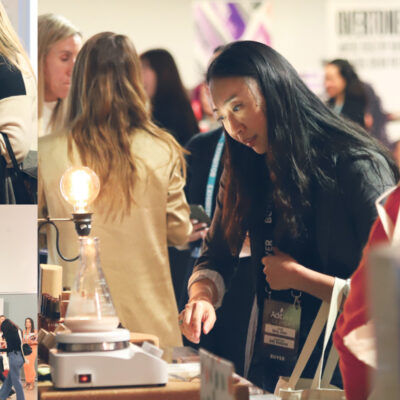
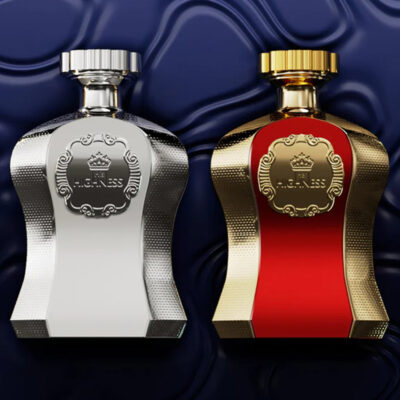
Leave a Reply
You must be logged in to post a comment.